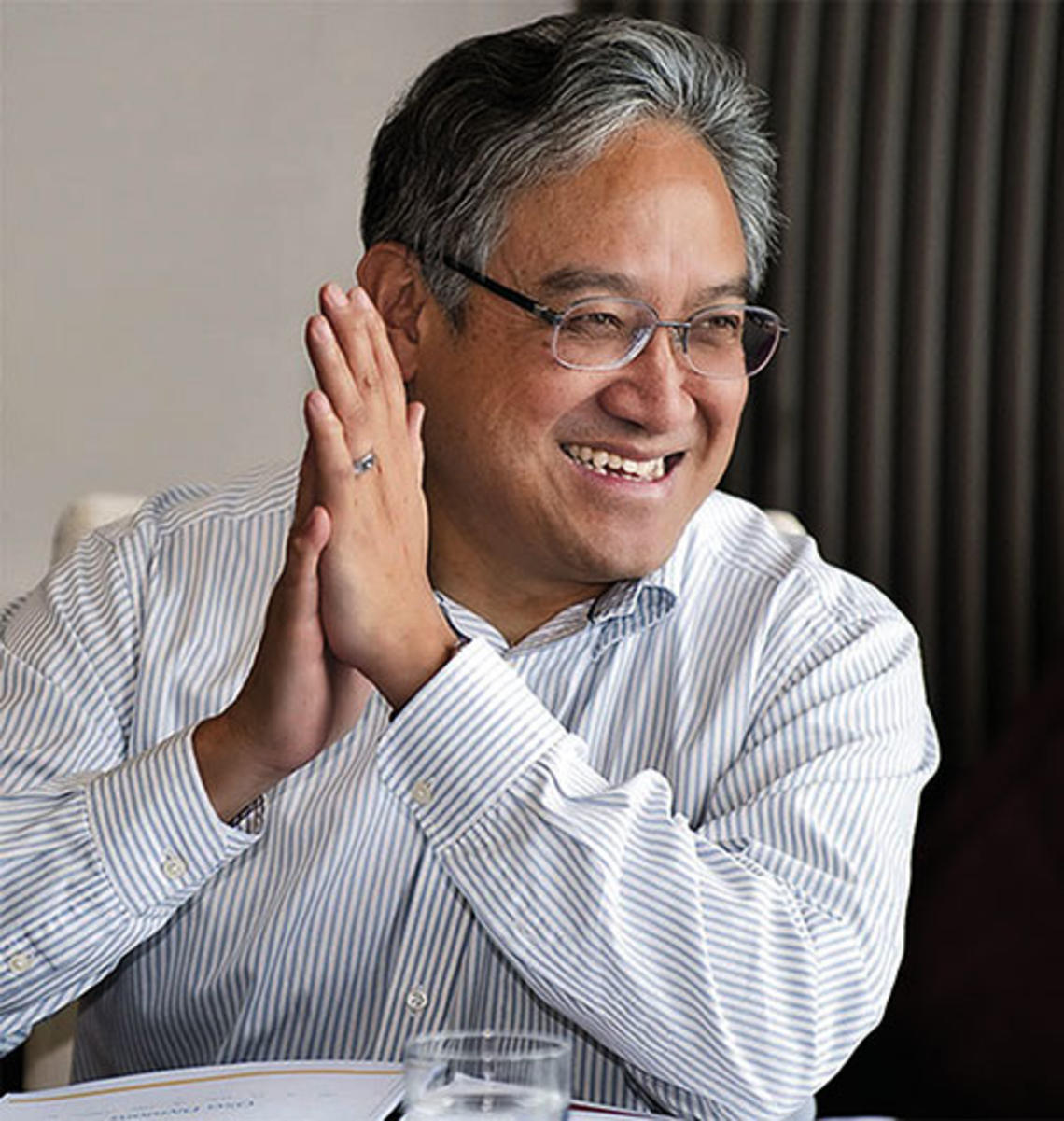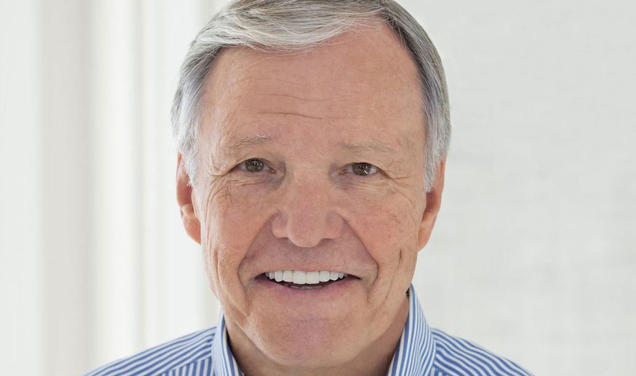Q&A: William Fung ’70, Looking Abroad
An international businessman urges Princeton to think, act more globally

William Fung ’70 was 17 when he first boarded a plane to fly from his home in Hong Kong to Princeton; the farthest he had traveled until then was to Macau, by ferry. He found Princeton conservative: a campus where couples danced at the black-tie Prince-Tiger Ball and where “we were still playing single-wing formation in football — you can’t get more conservative than that.” Yet the campus changed dramatically during his four years there, with coeducation and activism over the Vietnam War and civil rights: “an incredible transformation that also changed me,” said Fung.
Today Fung is chairman of Li & Fung, a company founded by his grandfather that is the world’s largest consumer-goods sourcing and logistics company, linking factories and retailers around the world. In 2012, he donated $10 million to increase Princeton’s international engagement, providing an annual conference called the Princeton-Fung Global Forum and a fellowship program for young scholars from abroad. PAW spoke to Fung at this year’s forum in Paris.
What were your goals for the forum when you made your gift?
I wanted to make Princeton more global. I would say that we are behind some of our competitors in being a global institution. I really think we should be not just one of the great universities of America, but we should be taking our place amongst the great universities of the world.
Princeton was asking me, “What do you want to do?” I said, “Look, just get us out into the world.” I said it was best if [the forum] is held outside the United States, that we should be looking at topics that are meaningful at the time, that we can bring a multidisciplinary approach using all the intellectual power we have at Princeton, and that we ally ourselves with institutions abroad. It gives us a chance to showcase not just what Princeton can do abroad, but to engage with like-minded people and develop this global network.
How does Princeton look to international students?
It seems to me that the young people of today, the so-called millennials, their values are very global. And I think that they would want to be at institutions that are global in outlook. The ability to think globally, and work globally, is key.
In the rankings, Princeton is one of the top-tier universities. But how many students in China really know about it? I don’t know.
What should Princeton do to increase its global presence?
I think software is more important than hardware. The world of tomorrow is more software — a people network, rather than big buildings. It really builds bridges between people, and I think ultimately that’s what it’s all about.
I think the work of the faculty should be really global in nature. As a result, we should facilitate as much as we can their collaboration with other academics around the world. I’d certainly like to see more networking. As far as students are concerned, all the empirical evidence and all the anecdotal evidence has been that the most transforming part of their four years is not what happens in the classroom. A year abroad contributes so much to the overall education of an individual. I think we should make time for it. Sometimes it doesn’t have to mean going abroad. Sometimes it is just going away from whatever your comfort zone is.
For some, that could be Trenton.
Yes, maybe it’s Trenton. Exactly. You have to expose people to the real world. Otherwise our guys are just going to talk to themselves.
What should American educators know about students in Asia, and what should Asian students know about education in the United States?
There’s a lot of stereotyping, and like most stereotyping I think there’s a reason for it, but it can’t be applied to everybody. The idea of the nerdy Asian student very good at math, very shy — I think that is probably true to a great extent because of the environment they come out of. People are more questioning in the West. In the East, a lot of it is bound up in the teacher feeling “I obviously know more than you, and therefore you should listen to me.” It is still a very one-way street.
In terms of the East, I think it’s the discipline: the idea that it’s great to be creative, but let’s start with a solid base. The general feeling, if you ask the Asians, is that the fundamentals are not taught properly or in a rigorous way in the United States. Like in art: How much time do you teach a student the basic techniques of painting before you give free rein to his creativity? I think Asians feel it’s a lot longer, because we are a very patient people. Americans think everything had to happen yesterday; they have a very short time frame. My company is 108 years old. Most of my American counterparts are thinking about what’s happening this quarter. But we think in generational terms.
Your company has a code of conduct for your suppliers dealing with fair-labor practices and working conditions. What is your approach?
Again, there’s a cultural thing. If this is the framework set by government laws, set by regulations [he draws a square on a napkin], the Western method is that as long as I stay within this space, I’m OK. But I can skirt the edges, I can stay within the letter if not the spirit of the law, I can find a crack in the wall and drive a truck through it. And because things are changing so quickly, this framework can never keep up with realities. China and the Asians in general have never had a strict framework like that. It has always been about social norms. And the sanctions are social. It’s the spirit of the law that is most important — it’s how the whole community looks at you. If you don’t act responsibly, you are out of business.
Interview conducted and condensed by M.M.










0 Responses